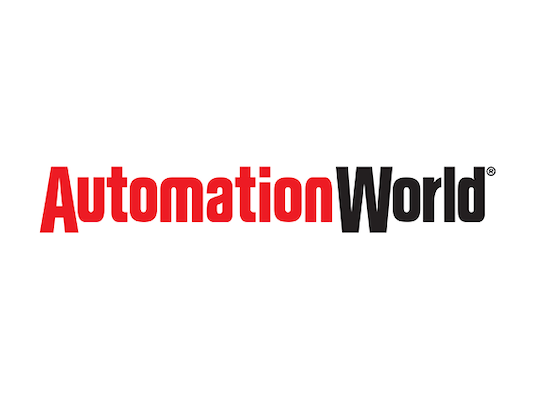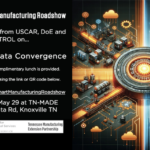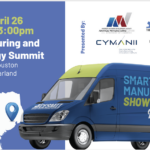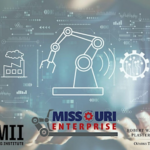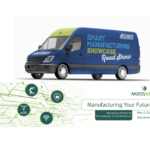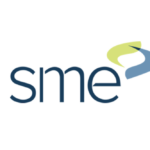“We are looking at a fundamental change in the global supply chain,” said Doug Lawson, CEO of ThinkIQ, a provider of enterprise cloud-based software for the manufacturing supply chain. “And it’s being driven by the increasing expectation, as socially connected people, to prove that the food you give me is allergen-free or gluten-free or meets dietary needs or is local, sustainably grown and organic.”
Perhaps there is a renewed wake-up call as a result of COVID-19 concerns, but Lawson has seen a shift in the last year or so from the consumer wanting to know what is in the food to wanting to know what the food has been through. That means, manufacturers must elevate good manufacturing practices from just doing the right thing to actually proving they are doing the right thing. “And the only way to prove you are doing the right things all day everyday is to be able to measure it,” Lawson said.
The distinction is the ability to prove at a granular level—down to the individual fish—what that fish was subjected to along its journey from the fishery to the fork. “It is a big change to move from an assertion that says we clean the fish handling equipment every 24 hours to saying this fish went through equipment that had been cleaned 11 hours previously,” said Lawson.
So, back to blockchain—which is important for distributable data that you can trust—but it is only one piece of the puzzle, and it may be cost-prohibitive in large scale food supply chains. More importantly, blockchain technology alone does not provide that granular detail that is important to the consumer. Take cereal made of oats, for example. According to Lawson, “every movement of the oats is tracked by ThinkIQ, and by the time it gets to the mills, we have tracked 300 attributes from the farm information to chemical data to predictive data about the gluten levels and information about the vehicles used to transport the grain, as well as the equipment used to harvest and store it.”
The information is collected by thousands of sensors, which together with blockchain, distributed databases, cloud computing, machine learning, and artificial intelligence, can deliver a level of granularity never seen before. And a level of granularity that consumers—and the government—want to know.
“The big picture here is a discussion of food safety, which is a microcosm of the global supply chain,” Lawson said.

